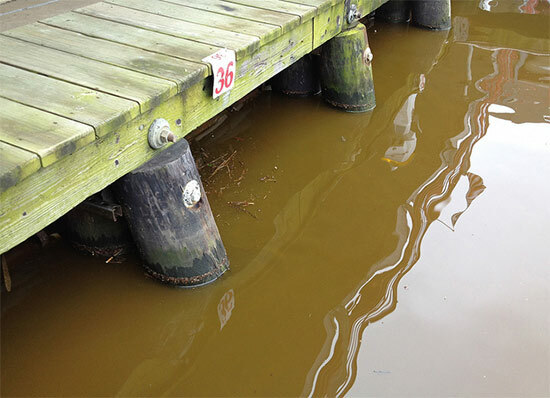Chesapeake Bay dead zone measures near average in 2013
Scientists attribute the dead zone’s volume to nutrient pollution.
The Chesapeake Bay’s dead zone measured near average in size this past summer, coming close to scientists’ June prediction of a smaller than average hypoxic zone in the nation’s largest estuary.

Dead zones, or areas of little to no dissolved oxygen, form when nutrient-fueled algae blooms die. The bacteria that aid in algae bloom decomposition suck up oxygen from the surrounding waters. The resulting hypoxic or anoxic conditions can suffocate marine life, shrinking the habitat available for fish, crabs and other critters.
Each summer, the Maryland Department of Natural Resources (DNR) and the Virginia Department of Environmental Quality (DEQ) collect water samples to measure the hypoxic volume of the Bay. Since 1983, this number has ranged from 15.3 to 33.1 percent. In 2013, it measured 22.1 percent: 5.6 percent higher than the previous year and just above the 21.9 percent average.
According to the DNR, the size of the dead zone could be due to nutrient loadings that entered the Bay during late spring and early summer rains.

Comments
There are no comments.
Thank you!
Your comment has been received. Before it can be published, the comment will be reviewed by our team to ensure it adheres with our rules of engagement.
Back to recent stories